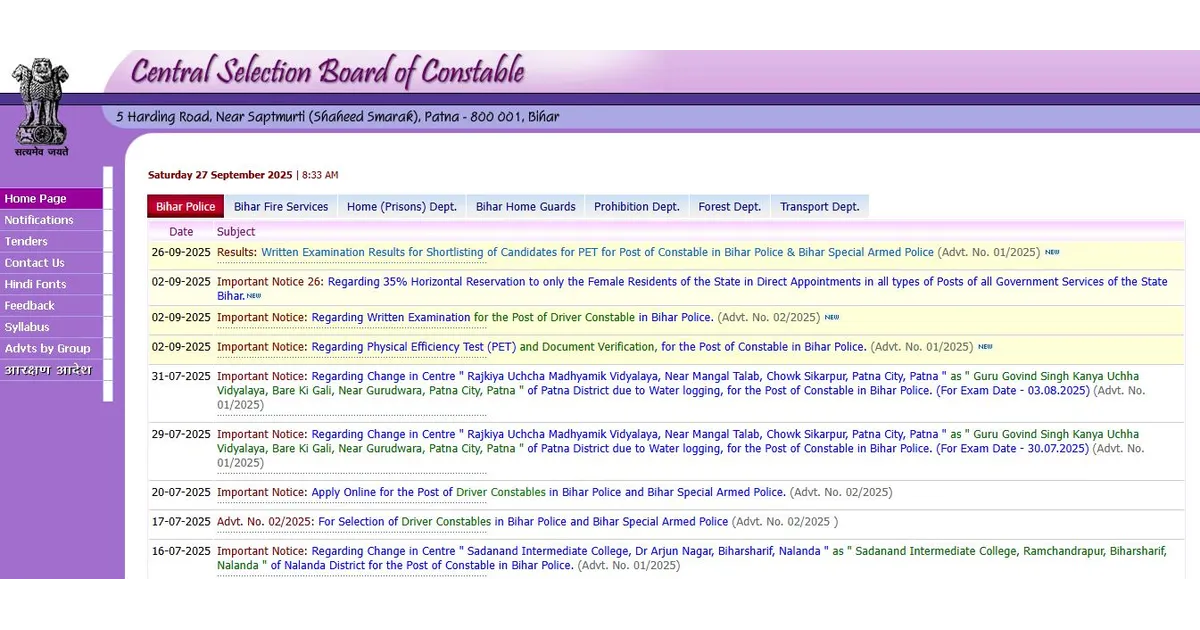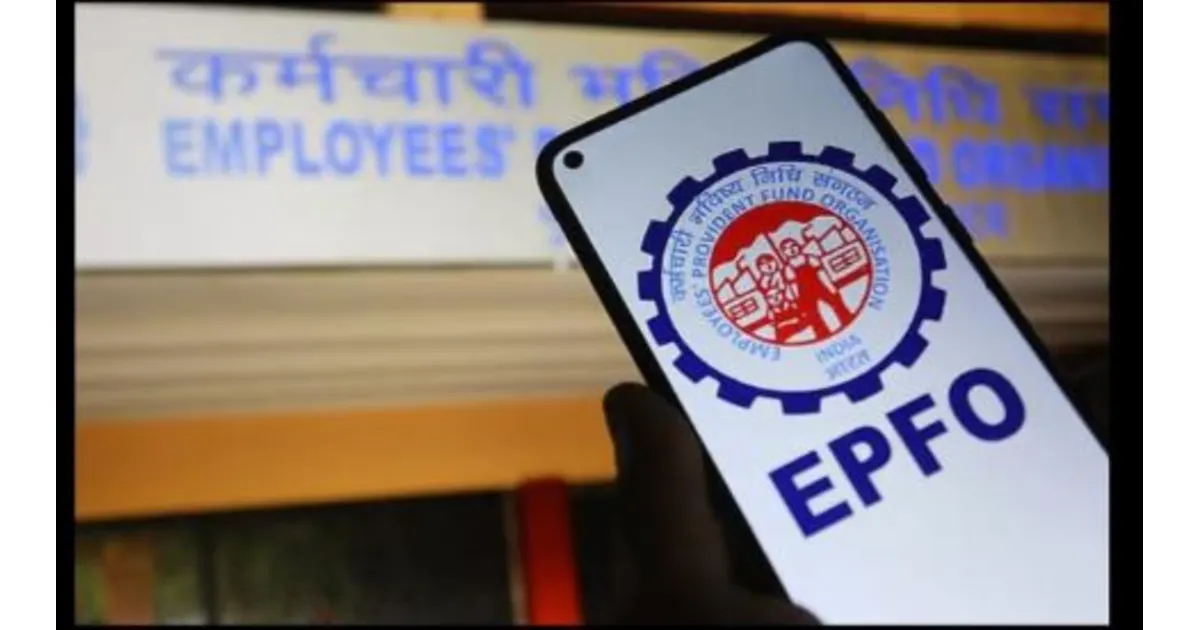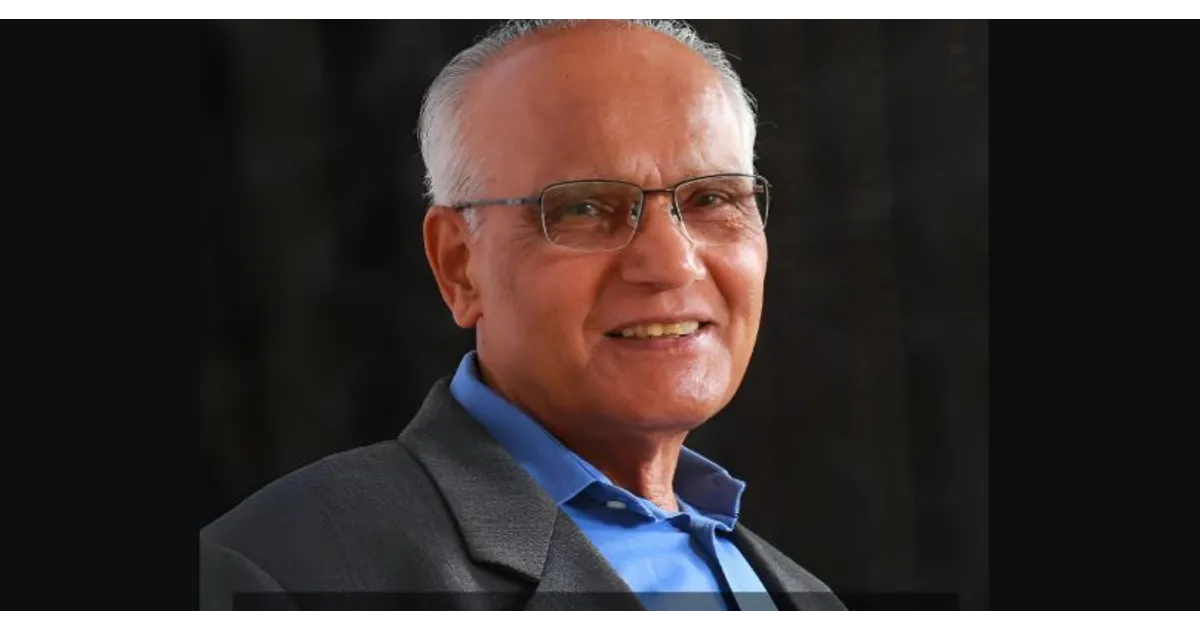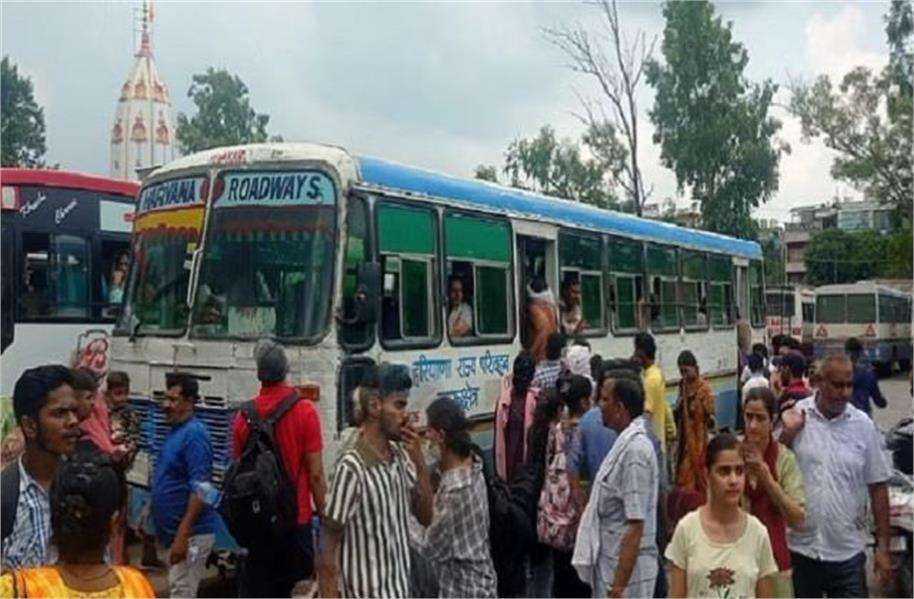Government’s New EPF Withdrawal Rules Face Backlash
Recent changes introduced by the Employees’ Provident Fund Organisation (EPFO) have triggered a wave of criticism, with many accusing the government of limiting employees’ rightful access to their own savings. The reforms, which prevent premature withdrawal of more than 75% of the Provident Fund (PF) corpus and delay full withdrawal for unemployed individuals, are being labeled by some as a violation of financial freedom.
Why the Rules Were Changed: EPFO’s Rationale
EPFO officials have defended the decision, asserting that the reforms were necessary to preserve the purpose of long-term social security. They pointed out that frequent partial withdrawals by members — for reasons like education, medical needs, marriage, or emergencies — were severely undermining retirement savings.
As per the revised guidelines:
- Only 75% of the PF corpus can be withdrawn immediately after job loss.
- The remaining 25% will be locked in until the individual reaches the retirement age of 58.
- Full withdrawal of the corpus is now allowed only after 12 months of continuous unemployment, instead of the previous 2-month window.
Long-Term Benefits Over Short-Term Needs?
Officials argue that these restrictions are intended to protect employees from depleting their retirement savings too early. “If someone finds employment within a year, they won’t need to touch that final 25%,” one official said. This move is meant to encourage financial prudence and ensure members have a basic corpus available at retirement.
Political Pushback and Public Outrage
The backlash was led by Trinamool Congress MP Saket Gokhale, who described the policy as an “open theft of salaried people’s own money.” He criticized the one-year unemployment requirement as excessive and burdensome, especially for those in urgent need of financial support.
“Basically, for withdrawing your own money, you now need to be unemployed for a full year instead of just two months,” Gokhale tweeted.
He also condemned the locking of 25% of the PF balance, calling it unfair to workers who have contributed throughout their careers.
Data Highlights: How Withdrawals Deplete Retirement Funds
According to internal EPFO data:
- Over 52.95 lakh members settled their PF accounts in 2024–25.
- More than 75% received less than ₹50,000, and nearly half received under ₹20,000.
- Only 0.62% received more than ₹25 lakh, indicating that frequent early withdrawals have significantly reduced final savings.
An EPFO analysis estimates that a member earning an average monthly wage of ₹15,000 should ideally accumulate around ₹14 lakh by retirement. The 25% lock-in policy ensures that even with earlier partial withdrawals, at least ₹3.5 lakh remains for post-retirement life.
“The idea of social security is eroded by frequent withdrawals,” said an EPFO official.
Tightened Rules for Pension Withdrawal Add to Concerns
Another change that has sparked discontent involves the Employees’ Pension Scheme (EPS). Previously, members could withdraw the pension component two months after job loss if they had contributed for less than 10 years. Now, this window has been extended to three years.
This move is intended to increase the likelihood of a family receiving pension benefits if the member dies within three years of becoming unemployed. The EPS continues to consider a member “active” for three years post-contribution (with interest), and if the pension corpus is not withdrawn, the family is eligible for benefits.
EPFO officials cited that 63% of members withdrew their EPS corpus within three years, thereby disqualifying their families from receiving any pension in case of premature death. The new rule aims to align EPS withdrawal timelines with family pension eligibility.















